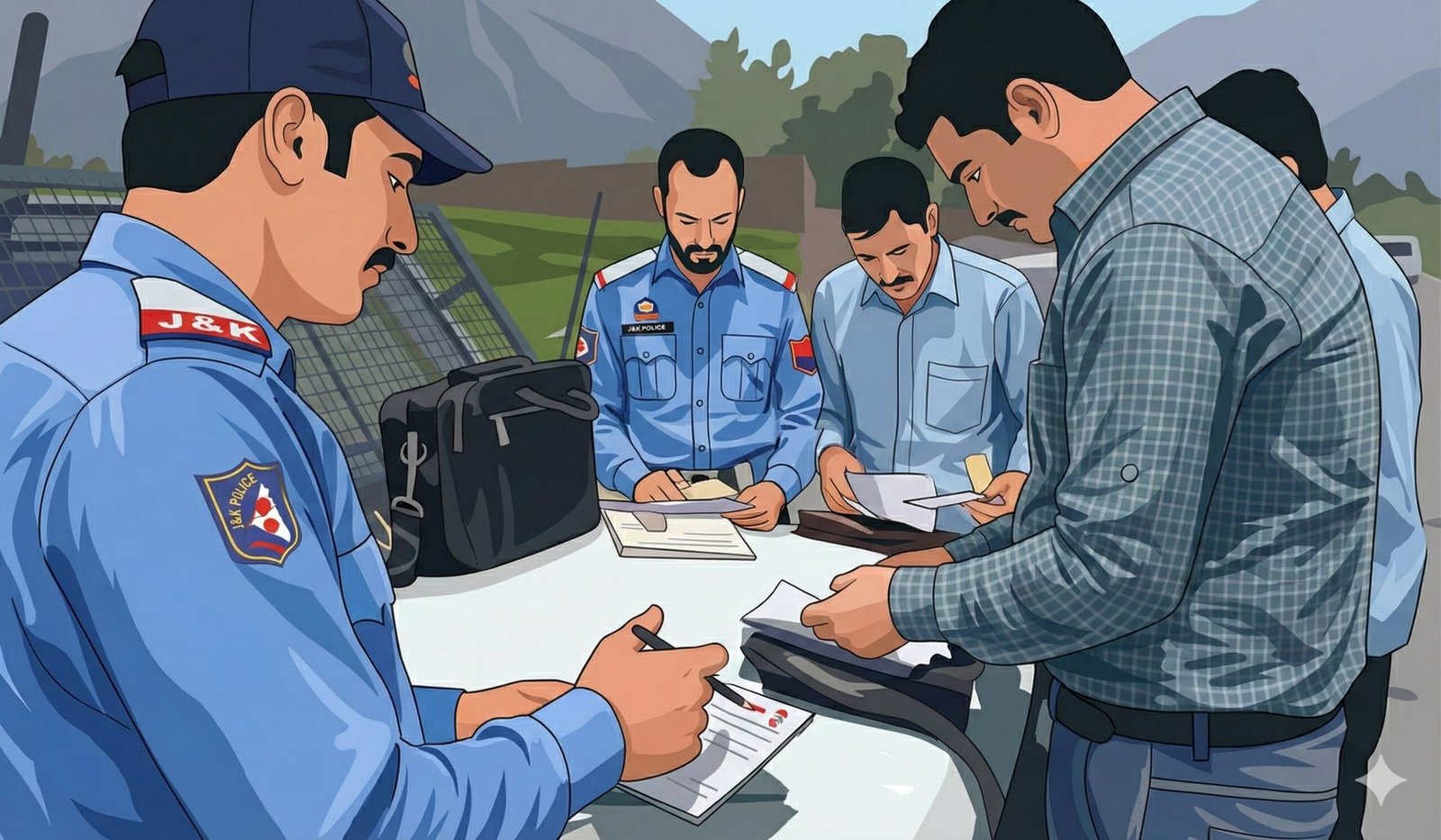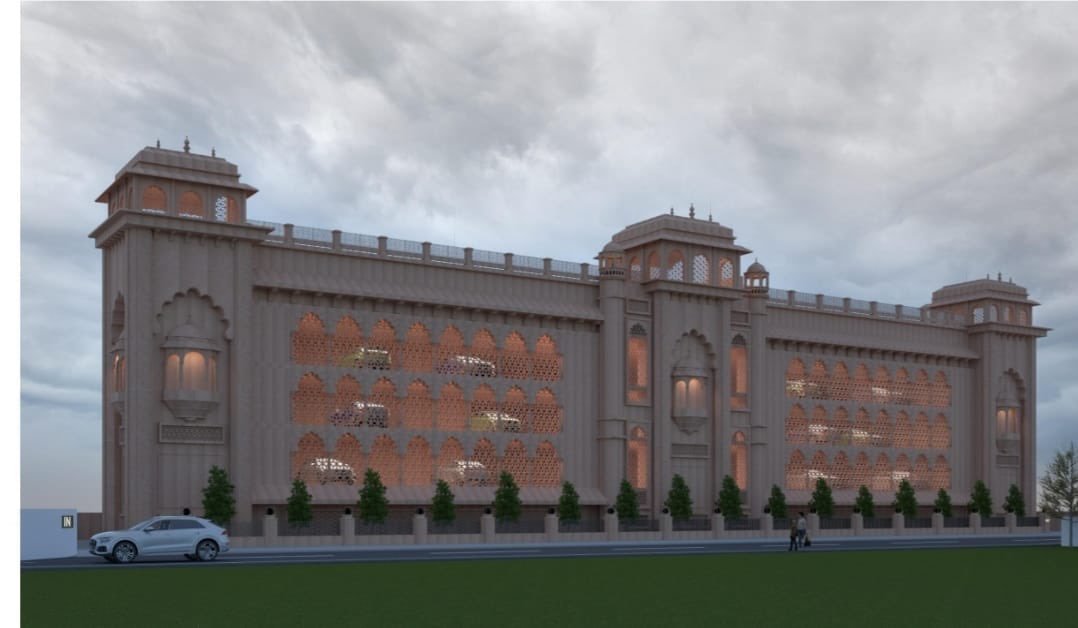The Central Government has officially approved the construction of the Shankaracharya Temple ropeway project in Srinagar, aiming to boost religious tourism and provide easier access to one of the city’s most revered sites. This long-awaited infrastructure development will be executed under the Parvatmala Yojana, a central scheme by the Union Road Transport and Highways Ministry focused on connecting hilly and religious destinations across India, reported by Amar Ujala.
With a budget of ₹126 crore, the Shankaracharya Temple ropeway is part of a larger effort to modernize connectivity to spiritual landmarks, particularly in remote or elevated areas.
Shankaracharya Temple Ropeway: Key Highlights
- Location: Srinagar, Jammu & Kashmir
- Temple Height: Located at 1,000 feet
- Existing Access: 244 steps to the sanctum sanctorum
- New Access: Over 1 km long ropeway
- Project Cost: ₹126 crore
- Mode: Public-Private Partnership (PPP)
- Completion Timeline: 1.5 years
- Scheme: Parvatmala Yojana
Making Pilgrimage Easier for Devotees
Currently, devotees must climb 244 stairs to reach the Shankaracharya temple, which sits atop a hill with breathtaking views of Srinagar. While spiritually enriching, this climb can be challenging, especially for elderly pilgrims. The ropeway will provide a safe, scenic, and efficient alternative to reach the shrine with ease.
This 1-kilometer-long ropeway will not only serve locals and tourists but will also enhance accessibility for pilgrims from across India, especially during peak seasons and religious festivals.
Read also: Best Online Cab Service in Jammu & Kashmir
Parvatmala Yojana: Transforming Mountain Travel
The ropeway is part of the broader Parvatmala Yojana, launched to strengthen connectivity in India’s hilly regions. The central government aims to modernize access to religious and tourist sites using eco-friendly and innovative transport systems like ropeways and cable cars.
Along with Shankaracharya, ropeway projects have been approved or tendered for the following locations:
- Bijli Mahadev Temple – Himachal Pradesh
- Doshi Hills – Haryana
- Mahakaleshwar Temple – Madhya Pradesh
- Sonprayag to Kedarnath – Uttarakhand
- Govindghat to Hemkund Sahib – Uttarakhand
- Kamakhya Temple – Assam
- Tawang Monastery – Arunachal Pradesh
- Ramtekgarh Temple – Maharashtra
- Brahmagiri to Anjaneri – Maharashtra
- Kathgodam to Hanumangarhi Temple – Uttarakhand
Strategic Importance of the Ropeway in Srinagar
The Shankaracharya Temple holds historical, spiritual, and cultural significance. Built by King Gopadatya in 371 BC, the temple is dedicated to Lord Shiva and is one of the oldest shrines in the region. It remains a major pilgrimage site and a key tourist attraction.
With ropeway access, the temple will witness increased footfall, benefiting not just pilgrims but also the local economy. Hotels, transport services, and small vendors in Srinagar are expected to see a rise in demand once the project is completed.
Timeline and Execution Model
The project will be executed on a Public-Private Partnership (PPP) basis, ensuring a collaborative effort between the government and private entities. The Union Road Transport Ministry has already fast-tracked the tender process, showing its commitment to getting the project underway as soon as possible.
The targeted completion time is 18 months, which reflects the urgency and importance placed on this transformative development.
Temple Timings and Accessibility
The Shankaracharya Temple is open daily from 7:30 AM to 4:30 PM, attracting thousands of devotees, especially during important Hindu festivals. The addition of a ropeway will greatly enhance safety, comfort, and convenience, particularly for senior citizens, children, and tourists unaccustomed to high-altitude climbs.
Read also: Jammu-Srinagar National Highway: Route Map, Distance, and Useful Travel Information
The Shankaracharya Temple Ropeway Project is a significant step toward revitalizing spiritual tourism in Jammu & Kashmir. By combining modern technology with religious heritage, this ropeway will redefine how devotees experience one of Srinagar’s most iconic landmarks.
With central government support, fast-tracked execution, and a focus on accessibility, this initiative promises to create a more inclusive and enriching journey for all pilgrims. As the ropeway project unfolds, it will stand as a symbol of India’s commitment to preserving its heritage while embracing innovative infrastructure.
















